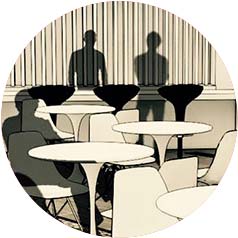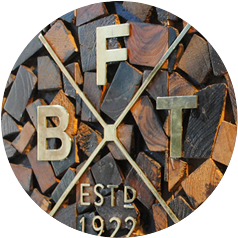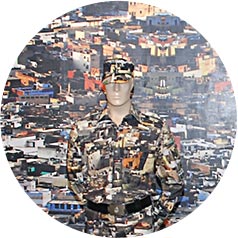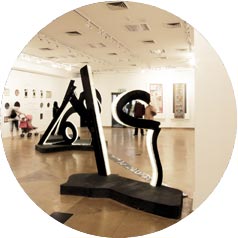A McAloo Tikki, Please!
Saffron, white and green dresses the celebration as the strains of the national anthem resound in the humid monsoon air. Yet another birthday arrives. Yet another year is added to the lifetime of India. Is she old or young? What moment do we measure her age from, the start of her civilisation or the night she awoke to freedom?
Such questions seem needless in the context of a future of rapid growth and a society that lives obstinately in the present. Yet they are critical in determining the connection between both — connections that urban India seems determined to loosen. The threads of identity are no longer braided together but unravelled and lost to the “generic”. Le Corbusier compared the city to a machine, disciplined and replicable. More recently Rem Koolhaas likened the modern city to an airport: “All the same.” Is this convergence inevitable, or desirable? Is the loss of identity the demise of character or an opportunity to discover the poetry of blankness?
Take recently built environments in big Indian cities. Can you tell the difference between one metallic alucubond-clad glazed façade and another? Architectural forms divorced from the regional, cultural or climatic, emerge in box sizes that repeat and compete merely in their external wrapping — much like a courier company that has a packaging deal with a wedding planner.
Many a developer blames this on aspiration. Many an architect claims it is but a “reflection of the times”. Many a municipal corporation appears astounded by the word “identity” and then superciliously says there is no such “item” in their books.
Is this process intentional? Or will we look back and regret this act of homogenisation? Warsaw was carefully restored after World War II, and Singapore wiped the slate clean and drew new lines in its ground. The former used rebuilding as a tool to restore national pride; the latter, to instill pride. Today Warsaw is struggling to not be seen as a museum and Singapore is desperately trying to lose its “sterile” label and create cultural contexts.
We in India are in a maelstrom of history. A project is conceived yesterday, sold today, designed tomorrow and built the day after. The speed of urbanisation is unprecedented; the time to think is minuscule. The city, thus, may rise from the architectural bed of tradition and yet be ordered, repetitive and placeless, its sprawling face familiar and global. Protruding and emerging at every highway exit. Its detail lost to design equity. Like a McDonaldisation of the city.
Or then the historic city with its unique essence and meanings shall prevail, reducing modernity to something that too shall pass. Like DNA, which commands not only the uniqueness of a species but of each individual of the species, each Indian city could turn this invasion into a mere mutation.
So what is it to be? A conscious revolution that does away with distinction and gives way to the similar, or deliberate strife to increase the individuality of our cities? Or a breaking away from both to create a new design equation that puts the two into a reaction that produces a new, unprecedented, true urban element? Perhaps before many regret this cultural atrophying that we call homogenisation and others leap to defend in the name of progress, we must remember that even McDonald’s has aMcAloo Tikki Burger on its menu!
— Suparna Bhalla
Published on August, 20th 2011




























